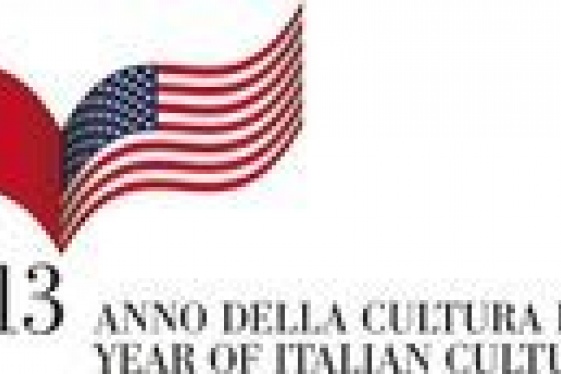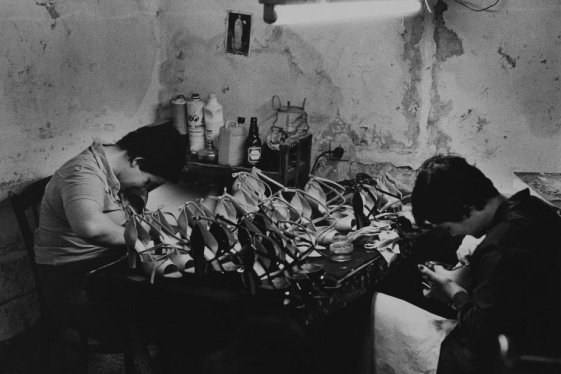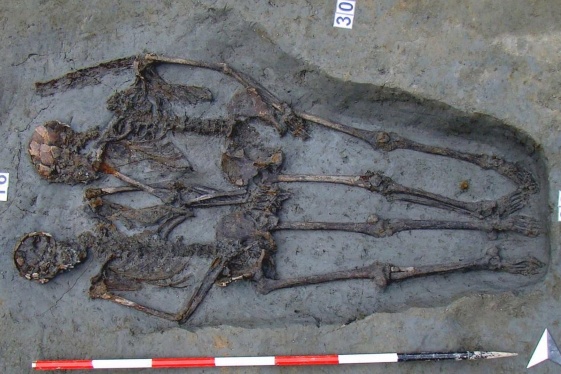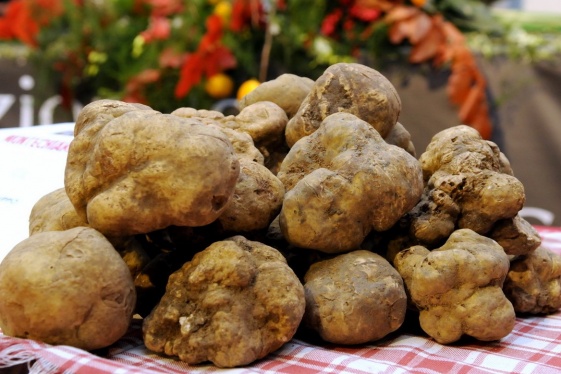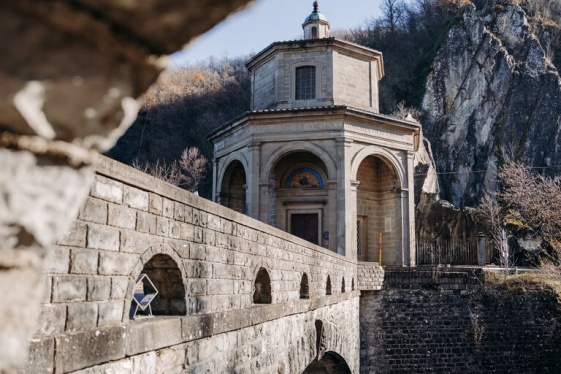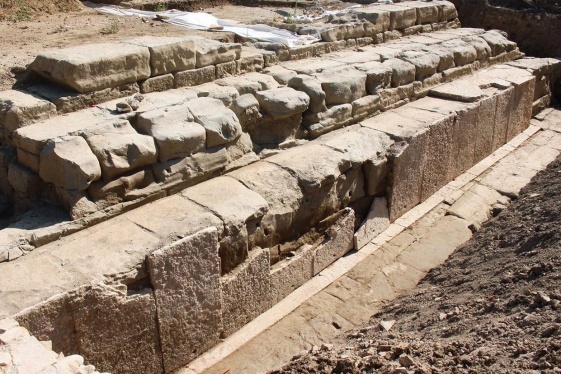

«O lone Ravenna! many a tale is told | Of thy great glories in the days of old: | Two thousand years have passed since thou didst see | Caesar ride forth to royal victory.» Oscar Wilde
Of a beauty that is elegant and refined, she is a city of Saints, bankers and kings: Ravenna, in Emilia Romagna, is Italy's second-largest city by extension, but perhaps the most important when it comes to mosaics.
Not only, but this fascinating city just a stone's throw from the sea boast eight monuments declared UNESCO World Heritage Site. The Basilica di San Vitale, a 4th-Century Byzantine masterpiece, certainly stands out among these.
The city's paleochristian structures preserve breathtaking mosaics inside, particularly the Mausoleum of Galla Placidia, the Mausoleum of Theoderic and the Baptistery of Neon (also known as the Orthodox Baptistery), topped by a magnificent dome whose cupola bears polychrome mosaics similar to those in the Arian Baptistery.
The Basilica di Sant’Apollinare Nuovo was originally built for the Arian cult, and was only consecrated by the Catholic Church in the 6th Century: its central nave walls are entirely covered in mosaics, and distinguishing it even further is its 16th-Century portico and unique cylindrical bell tower from the 800s. Precious mosaics also adorn the apse and Cappella Arcivescovile of the famous - and aforementioned - Basilica di San Vitale, while Ravenna's Patron Saint, Apollinaris, is exalted with the Basilica di Sant’Apollinare in Classe.
A look at some of these awe-inspiring creations makes all but evident that Ravenna is best-known as the “city of mosaics.”
Yet the city, at the same time, is more than that, and it played a very significant role in ancient history. It was here that the decision to depose Rome's last Emperor, thus ending the Empire for good in 476, was made. But earlier, beginning in the year 402, it was the Capital of the Western Roman Empire, and in later centuries, was dominated by a succession of forceful rulers, from the Otrogoths to the Byzantine Empire.
Ravenna's greatness is also forever etched in poems of Oscar Wilde, George Gordon Lord Byron, Herman Hesse and Eugenio Montale.
Ravenna was historically difficult to reach, surrounded as it is by bodies of waters; such is why Augustus undertook exceptional hydraulic projects, specifically so that his military fleet could stop here as they passed through the upper Adriatic. He commissioned the Fossa Augustea or Augustine Creek, to be exact, a canal that connected the Po River to the south of Ravenna, where he founded the Port of Classe.
The list goes on: Ravenna is Dante Alighieri's (d. 1321) final resting place. Il sommo poeta of the Divine Comedy has a museum dedicated to him, not far from his tomb, which features a neoclassical tempietto to honor his memory.
Today's Ravenna (close to Ferrara and to the Mirabilandia amuseument park), is characterized by buzzing social life, and many a tourist visiting it for its mosaics also take advantage of the nearby beaches and delicious Romagnolan cuisine. And one can easily access the Po River Delta Regional Park of Emilia-Romagna and the Comacchio Valleys, both of which are splendid natural oases. Similarly, those sojourning in neighboring Cervia often excursion to Ravenna so as to get a taste of its mesmerizing and millenary history.
You may be interested
-
A Week in Emilia Romagna: An Italian Atmosp...
The Wine Consortium of Romagna, together with Consulate General of Italy in Boston, the Ho...
-
Emanuele: cervello d'Italia al Mit di Boston
Si chiama Emanuele Ceccarelli lo studente del liceo Galvani di Bologna unico italiano amme...
-
'Crimebuster', Lou Dematteis: "Se il papà ita...
"I miei nonni vengono tutti dall’Italia, sono emigrati tra il 1903 e il 1910. Entrambi i m...
-
'Lovers of Modena' skeletons holding hands we...
The “Lovers of Modena”, a pair of skeletons so called because they were buried hand-in-han...
-
'Truffle tourism' worth 63 million euros in I...
Truffle fairs and truffle hunting tours have attracted some 120,000 visitors to Italy this...
-
‘Bless And Protect My Team’: An Italian Town...
In the chapel of a small hillside sanctuary in Porretta Terme — a handsome town in central...
-
‘Extremely rare’ Roman temple discovered on s...
Sarsina is a sleepy, rural town of barely 3,000 residents straddling the pristine Apennine...
-
‘I visited the beach resort in Italy where It...
Italy is a much-loved travel destination for many British holidaymakers - from the histori...



